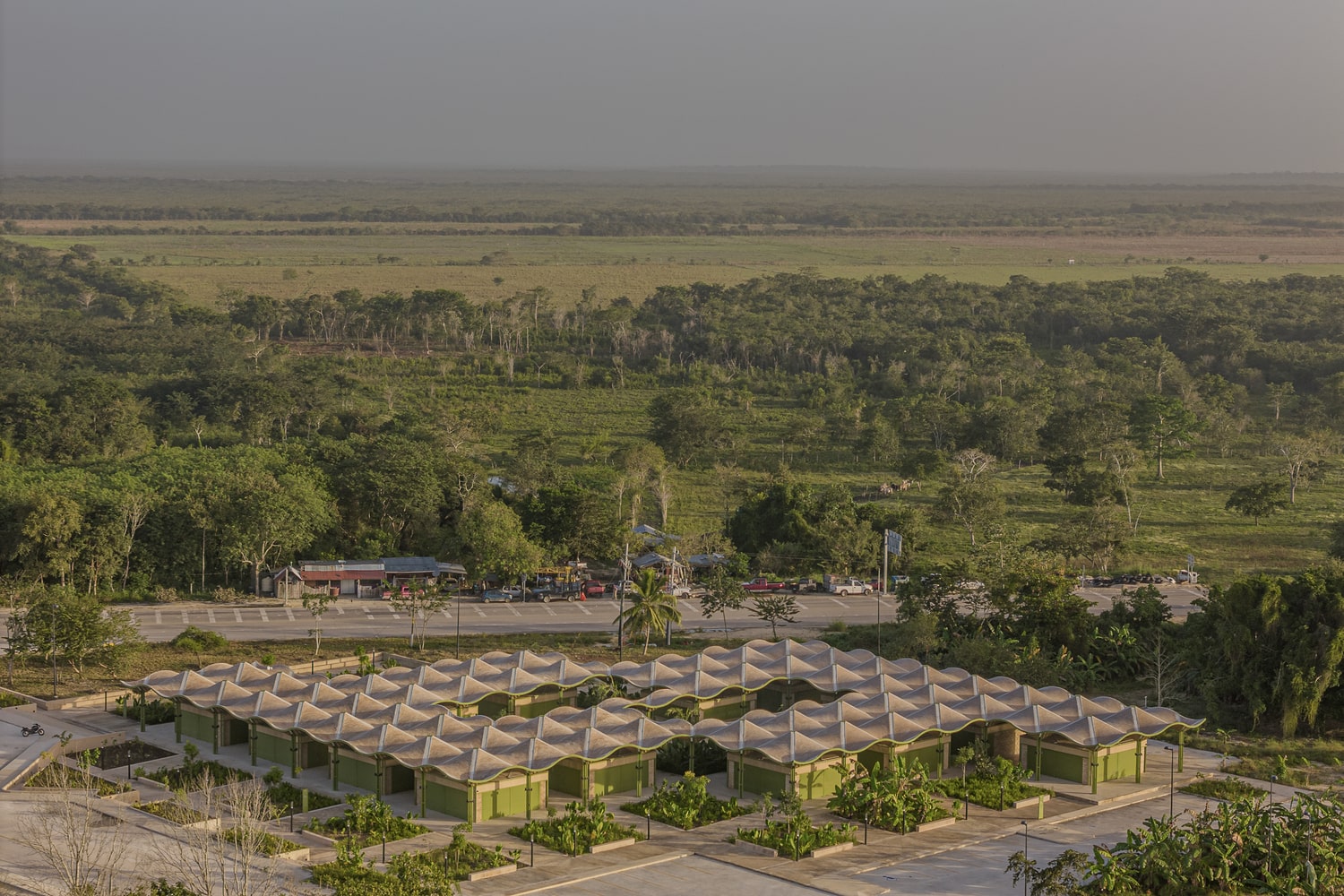- Home
- Articles
- Architectural Portfolio
- Architectral Presentation
- Inspirational Stories
- Architecture News
- Visualization
- BIM Industry
- Facade Design
- Parametric Design
- Career
- Landscape Architecture
- Construction
- Artificial Intelligence
- Sketching
- Design Softwares
- Diagrams
- Writing
- Architectural Tips
- Sustainability
- Courses
- Concept
- Technology
- History & Heritage
- Future of Architecture
- Guides & How-To
- Art & Culture
- Projects
- Interior Design
- Competitions
- Jobs
- Store
- Tools
- More
- Home
- Articles
- Architectural Portfolio
- Architectral Presentation
- Inspirational Stories
- Architecture News
- Visualization
- BIM Industry
- Facade Design
- Parametric Design
- Career
- Landscape Architecture
- Construction
- Artificial Intelligence
- Sketching
- Design Softwares
- Diagrams
- Writing
- Architectural Tips
- Sustainability
- Courses
- Concept
- Technology
- History & Heritage
- Future of Architecture
- Guides & How-To
- Art & Culture
- Projects
- Interior Design
- Competitions
- Jobs
- Store
- Tools
- More
Solar Trees Marketplace by Koichi Takada Architects
Solar Trees Marketplace in Shanghai by Koichi Takada Architects is a biophilic retail hub featuring 32 solar-powered sculptural trees. It blends nature and sustainability, offering flexible community spaces under a photovoltaic canopy, reconnecting urban life with ecology and fostering a resilient, adaptive, and vibrant neighborhood future.
Solar Trees Marketplace is a visionary architectural project by Sydney-based Koichi Takada Architects, situated approximately 20 kilometers southwest of Shanghai. This evolving “architectural forest” of 32 sculptural trees marks a bold step in reintroducing nature to the rapidly urbanizing landscape of greater Shanghai. More than a retail environment, the Marketplace serves as a tangible symbol of a future where cities coexist harmoniously with nature and demonstrates the power of adaptable, biophilic design to foster community well-being and environmental sustainability.

Table of Contents
ToggleRediscovering Nature’s Presence in the Urban Fabric
Historically, the site of Solar Trees Marketplace was densely forested until as recently as 1984, when rapid urban sprawl transformed the landscape. Today, the project acknowledges this recent history as a foundation for its forward-looking vision: returning green life to this expanding metropolis and mitigating the environmental impacts of development.
The design pays homage to this legacy by creating a seamless dialogue between architecture and nature. The structure’s organic, tree-like form acts as both a literal and symbolic gateway to a larger residential masterplan encompassing 155,000 square meters, also designed by Koichi Takada Architects. This masterplan prioritizes pedestrian movement, lush parklands, and abundant green spaces, underscoring a commitment to livability and environmental consciousness within an urban context.

Phase I: A Flexible, Immersive Retail Experience
The first phase of Solar Trees Marketplace opens as a state-of-the-art sales and display suite for the adjacent residential development, designed to adapt fluidly as the neighborhood matures. The building’s sculptural silhouette emerges as a welcoming presence, drawing visitors into a world where natural motifs and modern architecture merge.
By embracing agility in design, the marketplace anticipates evolving community needs and economic shifts. This adaptability reflects a broader architectural philosophy that counters the traditional throwaway culture of development, favoring instead resilient structures that remain relevant through changing circumstances.
Phase II: A Vibrant Marketplace Powered by Nature
As residents settle into the new neighborhood, Solar Trees Marketplace will transform into a lively commercial and social hub, breathing new life into the ancient tradition of Chinese marketplaces. This transformation is powered by an innovative translucent canopy made of photovoltaic cells that harvest solar energy to power the marketplace’s operations sustainably.
This energy-efficient canopy not only generates clean electricity but also provides essential shade and weather protection for vendors and visitors alike. It reflects Koichi Takada Architects’ commitment to integrating progressive sustainability technologies into the very fabric of architectural expression.
The transition from immersive showroom to dynamic marketplace exemplifies a future-proof approach—one that acknowledges the environmental cost of construction and manufacturing and counters it with design ingenuity. The marketplace’s inherent flexibility ensures that it can evolve alongside the community, reinforcing its role as a social anchor in the neighborhood.

Biophilic Design: Merging Architecture and Nature
Solar Trees Marketplace embodies the principles of biophilic architecture—a design philosophy that seeks to deepen humanity’s connection with the natural world within built environments. The architectural “trees” visually and materially respond to the native Camphor trees planted along the adjacent promenade, creating a continuum between the artificial and natural realms.
The structure’s palette and textures are inspired by natural materials, fostering a calming and uplifting environment for residents, visitors, and retailers. Thoughtful design decisions regarding light and ventilation optimize both comfort and sustainability: apertures draw in natural light and breezes to minimize reliance on artificial lighting and mechanical cooling, while ample shaded areas offer respite from Shanghai’s intense sun.
This interplay of light, shadow, and movement not only enhances the aesthetic experience but also supports mental and physical well-being—echoing scientific findings on the benefits of nature exposure in urban settings.
A Message from the Architect
Koichi Takada, principal of Koichi Takada Architects, reflects on the project’s inspiration and ambition:
“We were shocked to learn that this site was covered in trees as recently as 1984. Our design seeks to start conversations around what can be achieved through design and create a living, breathing environment that inspires, nurtures, and adapts to the needs of both residents and the community.”
“It was important for this building to embody biophilic design principles and showcase what progressive sustainable innovation can look like. I believe Nature holds the answers — and Architecture can start the conversation.”

Conclusion
Solar Trees Marketplace stands as a compelling example of how contemporary architecture can reconnect cities with nature while fostering vibrant community life. By combining sculptural form, sustainable technologies, and biophilic principles, Koichi Takada Architects offer a hopeful vision for Shanghai’s future—a future where nature and urbanity coexist, and architecture evolves in harmony with people’s changing needs.
Photography: Eiichi Kano
- Adaptive retail architecture
- Architectural forest design
- biophilic architecture
- Biophilic retail spaces
- Camphor tree urban design
- Community-Centered Architecture
- environmental sustainability in architecture
- Flexible marketplace design
- Future-proof Architecture
- green building technologies
- Koichi Takada Architects
- nature-inspired architecture
- Photovoltaic canopy architecture
- Renewable energy architecture
- Shanghai green architecture
- Solar powered public space
- Solar Trees Marketplace Shanghai
- sustainable urban design
- Urban nature integration
- Urban regeneration Shanghai
I create and manage digital content for architecture-focused platforms, specializing in blog writing, short-form video editing, visual content production, and social media coordination. With a strong background in project and team management, I bring structure and creativity to every stage of content production. My skills in marketing, visual design, and strategic planning enable me to deliver impactful, brand-aligned results.
Submit your architectural projects
Follow these steps for submission your project. Submission FormLatest Posts
Targ Blonie Market by Aleksandra Wasilkowska Architectural Studio
A comprehensive architectural overview of the redesigned Targ Blonie Market by Aleksandra...
Tainan Market by MVRDV
MVRDV’s Tainan Market transforms Taiwan’s traditional wholesale market into a green civic...
Harbourside Canopy by B+P Architects
Harbourside Canopy by B+P Architects transforms a working harbor edge into a...
Nicolas Bravo Market by AIDIA STUDIO
AIDIA STUDIO’s Nicolas Bravo Market in Mexico blends commerce, culture, and community....








































Leave a comment